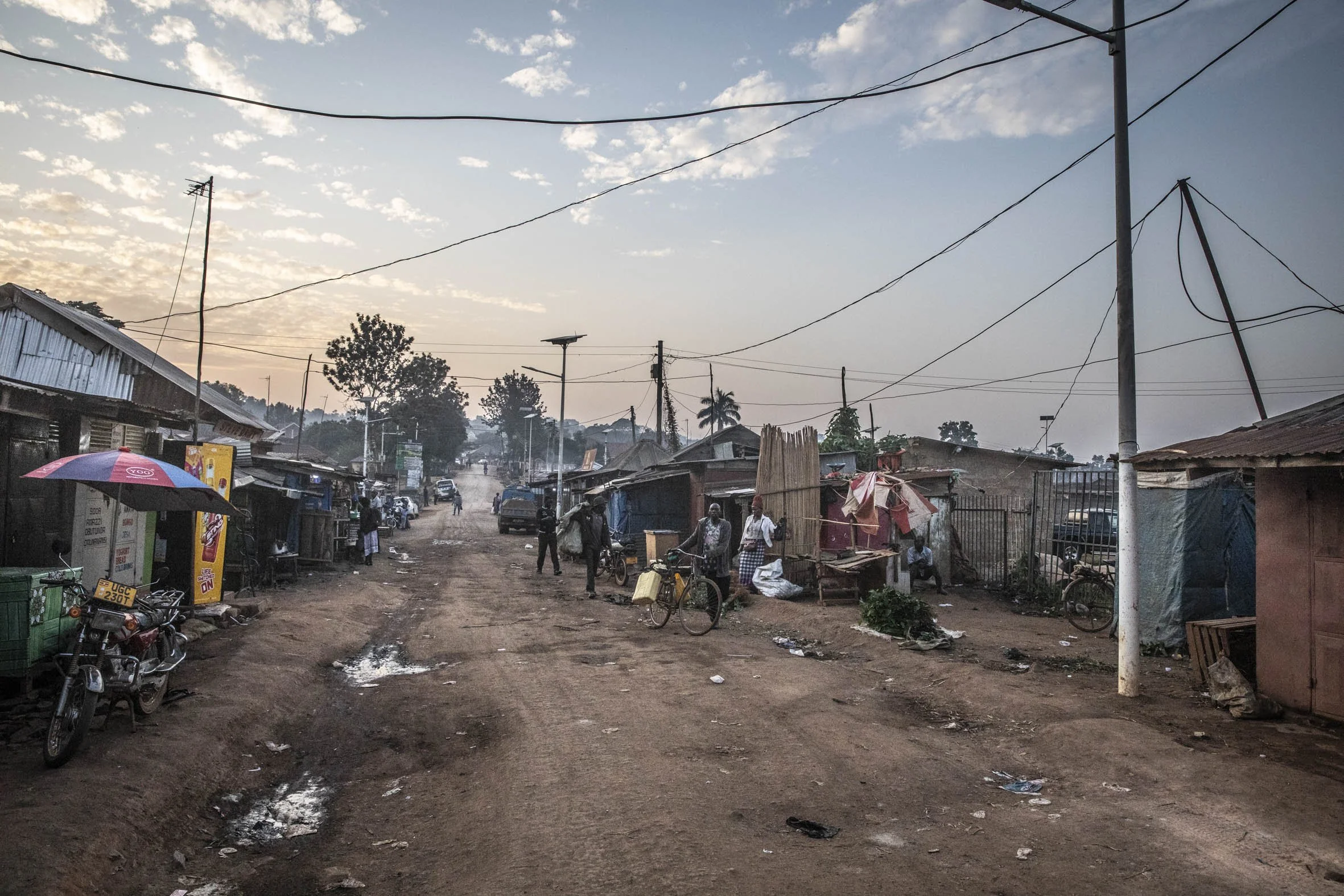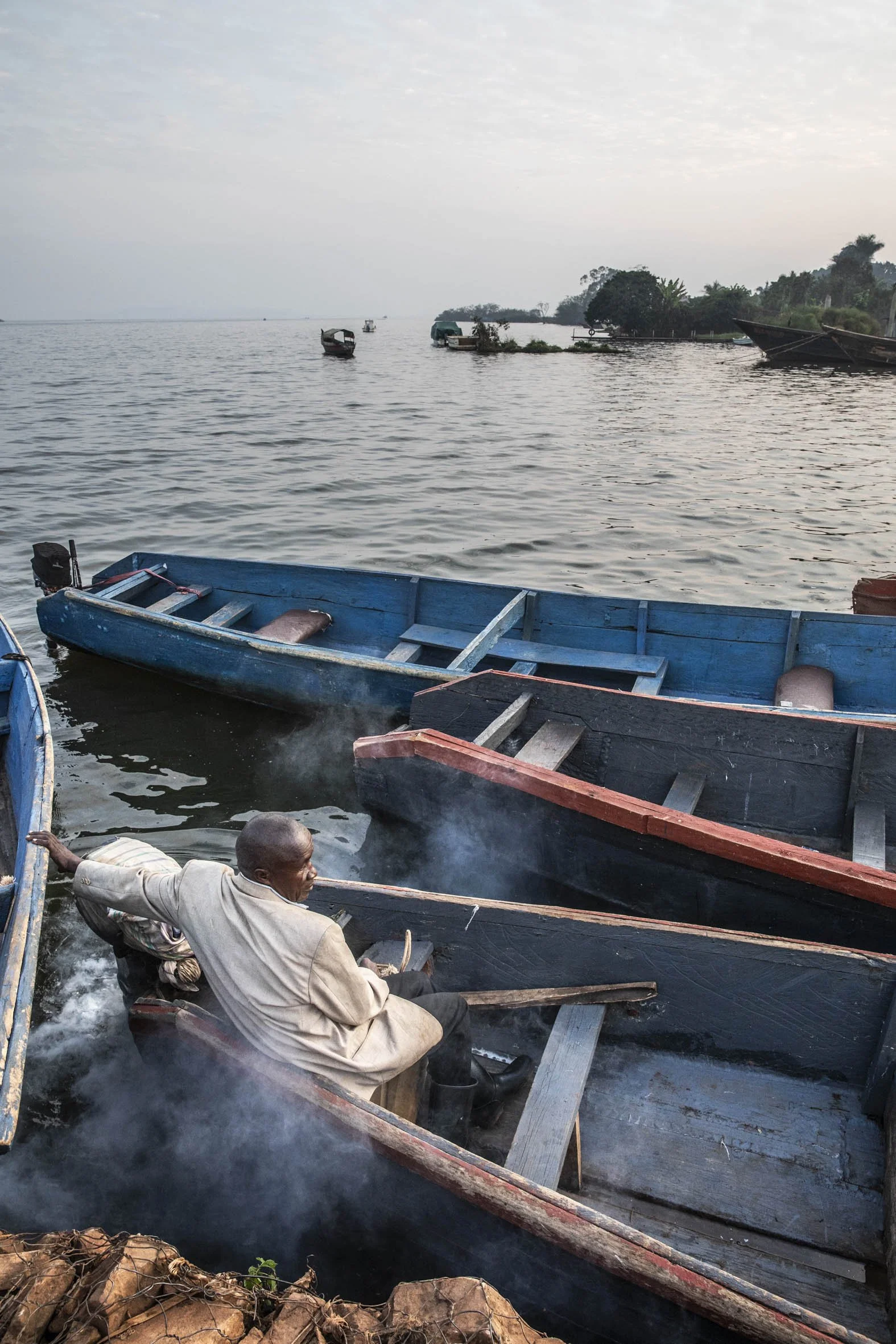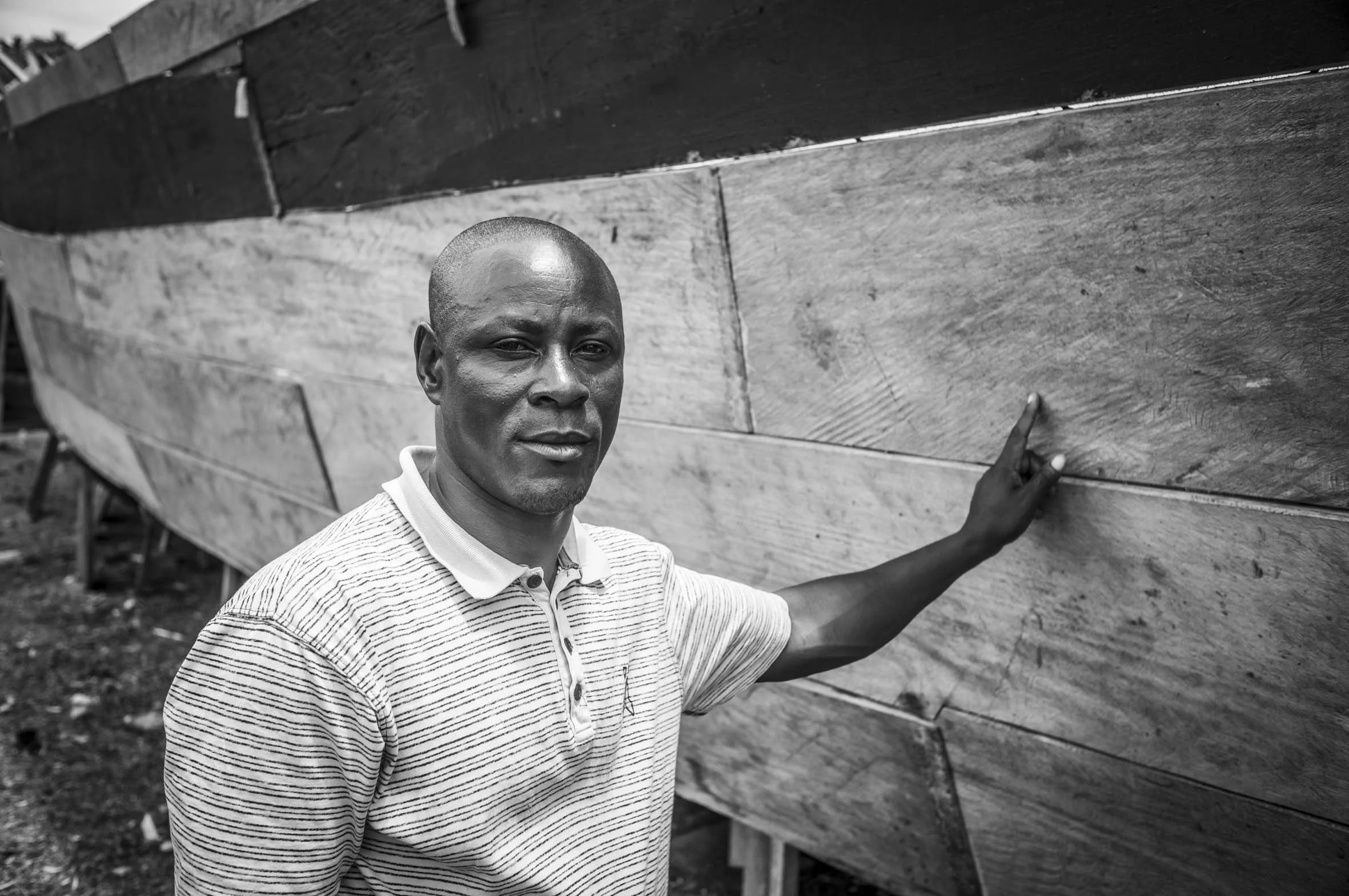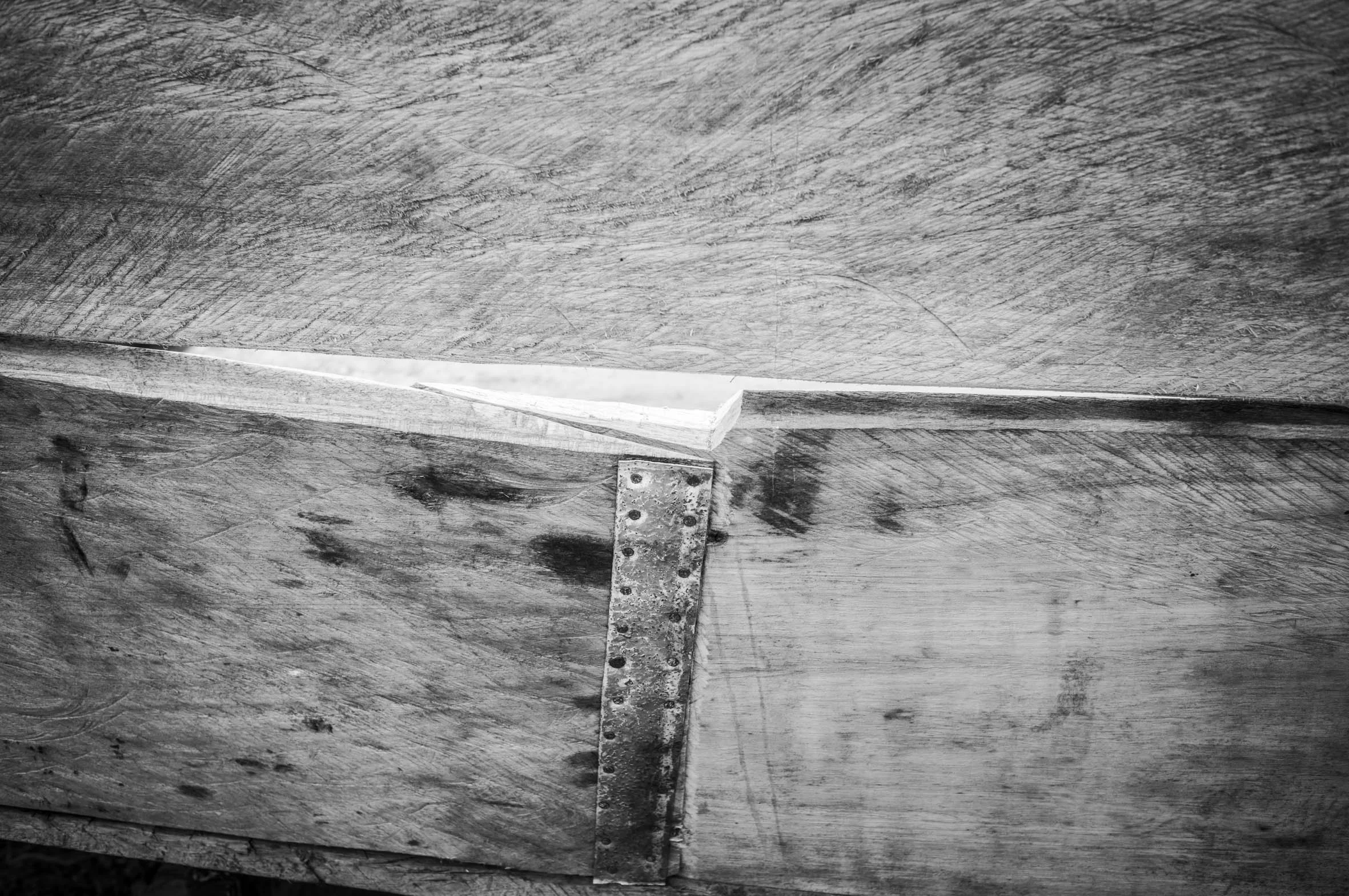Five Hundred Miles from the sea
Thursday, publication day, comes around fast, especially when travelling. This week, a little light on for content and with a morning to kill in Entebbe waiting for a flight to Nairobi, I wandered down to the local port on Lake Victoria called Nakiwogo.
Lake Victoria is the largest lake in Africa, and second only to Lake Superior on a world ranking. Uganda, Tanzania and Kenya all boarder the lake, and its fresh water provides food and transport for the 33 million Africans who live on its shores. (click to enlarge)
Engaging with the fishermen is hard. The local language here is Luganda, demoting Swahili to a secondary tongue, a means of communicating with outsiders. My Swahili is poor to non existent, but I did manage to find out the following.
The smaller boats are used for fishing and human transport. They are about 32ft long and about 4ft beam. They have been powered by petrol outboards for at least fifty years. Two of the older men I spoke with remembered sails on them when they were boys. I’m not sure how that would have worked as there is no eveidence of ballast or outriggers for stability. Winds on the lake are unreliable which probably hastened the demise of sail, compared to the coastal boats of East Africa, some of which still favour sail power for everyday commerce. I assume they would have used a lateen rig, like the dhows of Gulf, but I couldn’t confirm this.
The small boats take five people about a month to construct. The planks are made from a timber from the Congo. It appears that the supply of this timber has dried up and many boats were on shore half finished with no work going on. A small fishing boat hull costs about 3 million Ugandan Shillings or $1200 AU, and the engine and fishing gear would be about the same again. They last from 5-7 years and then become unusable due to rot in the fresh water.
The joints between the planks are caulked with old towel, then painted with tar and finally a strip of galvanised iron is nailed over the join.
They have no rudder and are steered from the narrow square transom with the outboard.
The small boats head out around 4pm (being on the equator sunset is always around 6pm) and lay four nets about 6m long. They hang vertically with polystyrene floats at the top and little parcels of rocks wrapped in plastic as weights at the bottom. I am not sure if they are allowed to drift or are anchored to the bottom. Early in the morning the fishermen return (and yes its only men), and bring in their nets. The catches are meagre and according to three sources, getting worse.
The larger boats, at around 50ft ,are used for transporting charcoal bananas and other agricultural produce. Loading and unloading is done by hand, wading through the shallows.
Unloading charcoal from a cargo boat
The knowledge I could glean from our limited conversations, leaves me wanting to know more. Apparently there are still a few craft sailing on one of the Ssese Islands in the North West corner of the lake. Imagine trying to track some of these down! Any leads much appreciated!
Fisherman play Ludo, a Ugandan obsession while waiting for the evening net laying. The plank in the background has this written on it. "1917 Balfour's declaration of a Jewish Nation of Palestine"









